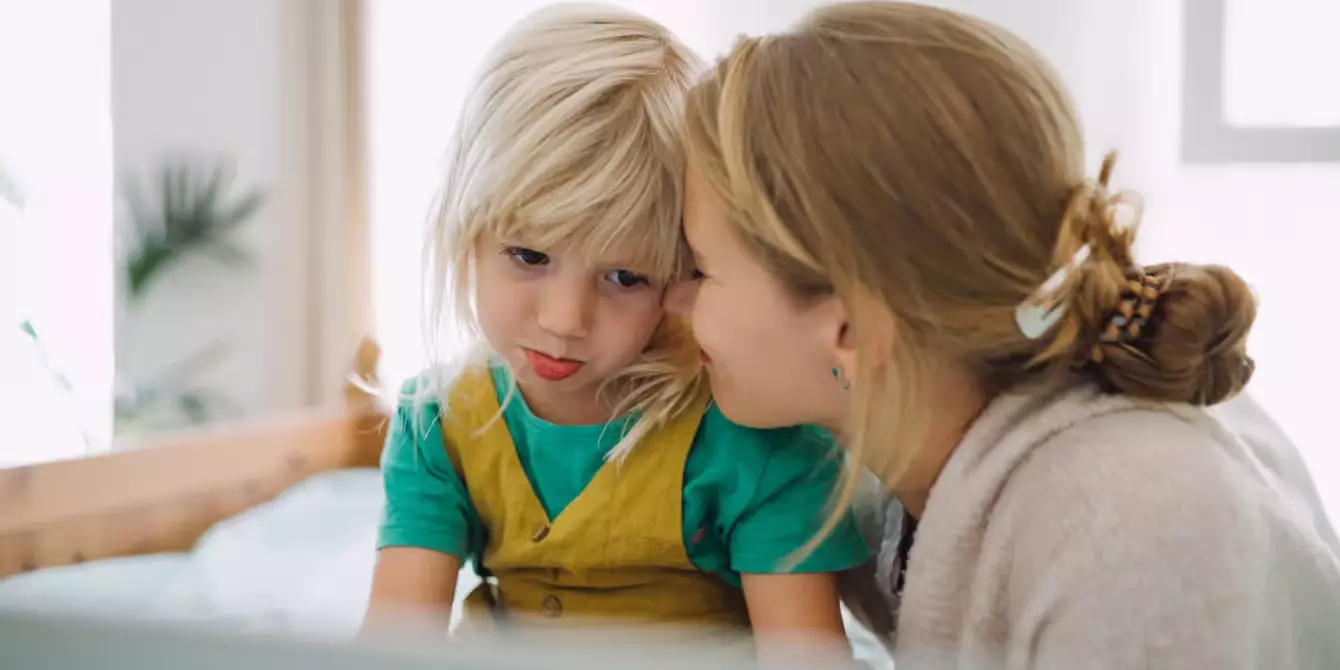Every parent has experienced that moment—the piercing wail of their toddler, a rapid escalation from calm to chaos in mere seconds. Tantrums are a typical aspect of early childhood, yet they can feel overwhelmingly persistent and perplexing. As a mom of two young children, I know how stubborn these emotional outbursts can be. While they may resemble a tempest, it’s vital to remember that these storms are not random. Tantrums signify a child’s struggle to communicate profound emotional experiences, and as parents, we are tasked with navigating this tumultuous terrain.
Rather than viewing these incidents solely as problematic behavior to suppress, we should reframed them as pivotal teaching moments for emotional growth. Children often lack the vocabulary and awareness to express these strong feelings verbally; hence, tantrums manifest as a scream for help. The understanding of tantrums as expressions of emotional distress rather than mere misbehavior sets the stage for constructive intervention.
Building Emotional Intelligence Through Play
Recognizing emotions is a cornerstone skill for any child, and this foundational ability is often acquired through playful engagement. In contrast to what many parents may believe—that harsh reprimands or immediate consequences will curb tantrums—evidence suggests a more constructive approach is essential. Dr. Marc Brackett from the Yale Center for Emotional Intelligence emphasizes the importance of teaching five key emotional skills: recognition, understanding, labeling, expression, and regulation.
The concept of playful learning is revolutionary. It pivots away from conventional, rigid teaching methods that fail to connect with a child’s emotional world. Instead, informal learning through play invites children to embody their experiences, creating a relaxed atmosphere conducive to understanding. This is ideally when learning occurs—when children are unfettered by the throes of emotional conflict.
Time and Place Matter
So when, exactly, should we seize the opportunity to nurture our children’s emotional landscape? Certainly not during those high-stakes moments when their frustrations overflow. Neuroscience reveals that during tantrums, the brain is in a heightened state of anxiety and cannot effectively process new information. Thus, timing becomes crucial.
Parents must resist the urge to thrust life lessons onto their children when they are in the midst of emotional upheaval. Instead, wait for calmer moments, and utilize times of tranquility to foster understanding through play and exploration. These low-pressure situations allow children to engage with emotions in a relaxed manner, permitting them to digest and internalize the concepts you want to impart.
Engaging Activities to Foster Emotional Skills
Once parents are aware of the best times to teach, the next question is: how? Here are several inventive ways to integrate learning about emotions into your everyday play:
– Charades with Feelings: Turn emotion recognition into a fun game. Create exaggerated facial expressions and movements, challenging your child to guess the emotion. This not only builds empathy but enhances emotional vocabulary.
– Dramatic Storytelling: While reading bedtime stories, pause to explore the characters’ emotions. Pose questions that encourage your child to relate to the character’s experiences, asking when they’ve felt similarly and how those moments affected them.
– Food Emotions: Use food creatively to discuss feelings. Arrange fruits and vegetables to depict different emotions, and encourage your child to name each one. This can turn a mundane meal into an interactive learning session.
– Pretend Play Scenarios: Set up situations such as a grocery store where you act out various customer emotions. This dramatization enables children to explore expressing feelings appropriately in a playful way.
– Calm-Down Corners: Construct a personalized calm-down bin filled with tools like stress balls, coloring books, or sensory toys. Teach your child how to utilize these items when they experience overwhelming emotions, giving them the resources to self-soothe.
The Art of Parenting Through Play
Parenting is undoubtedly an adventurous journey, one characterized by a kaleidoscope of emotions. Tantrums may be daunting, but they are equally opportunities to equip our children with valuable emotional skills that will serve them for a lifetime. By embracing the art of teaching through playful interactions rather than coercive measures, we not only brighten those challenging moments but also enrich our children’s emotional intelligence.
This playful approach builds resilience, fosters connection, and nurtures the foundation needed for navigating relationships throughout life. It’s not just about avoiding tantrums; it’s about cultivating emotionally knowledgeable and adept little humans ready to engage with the world.

